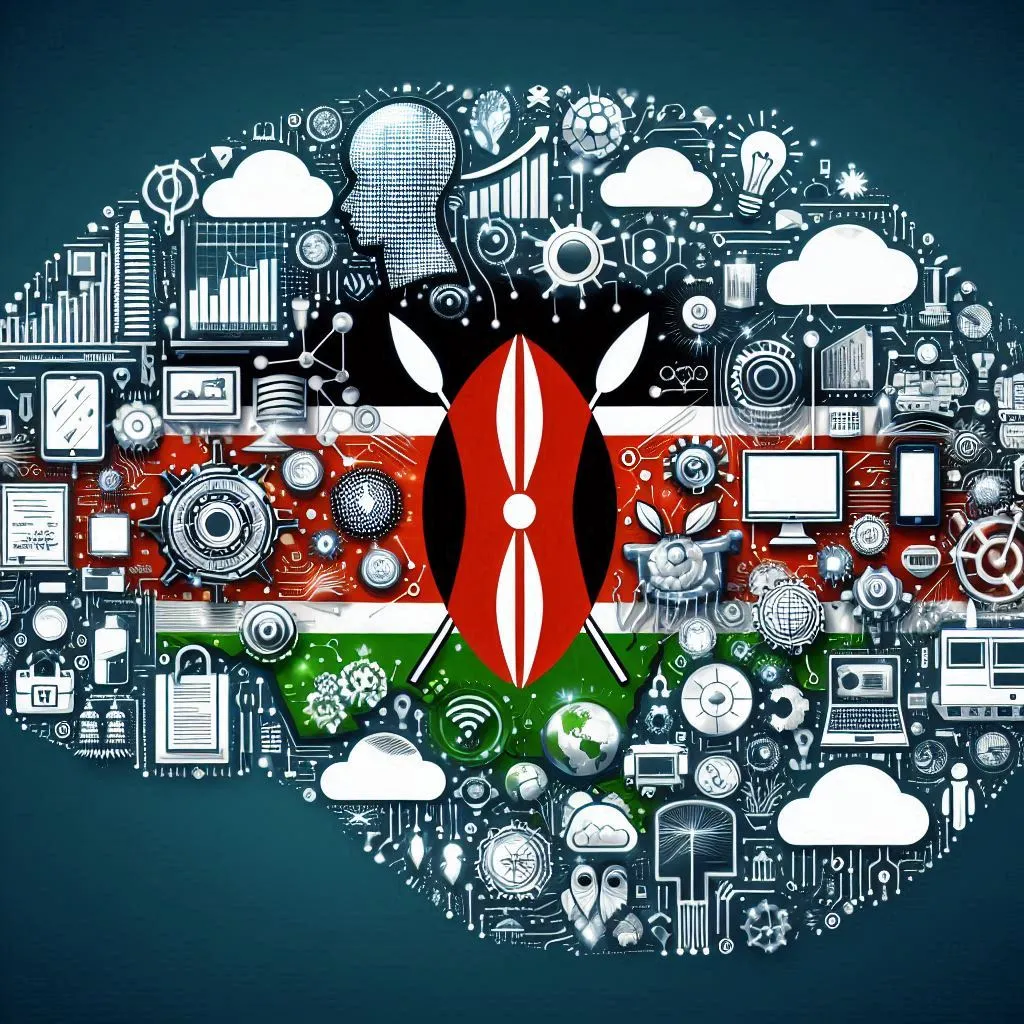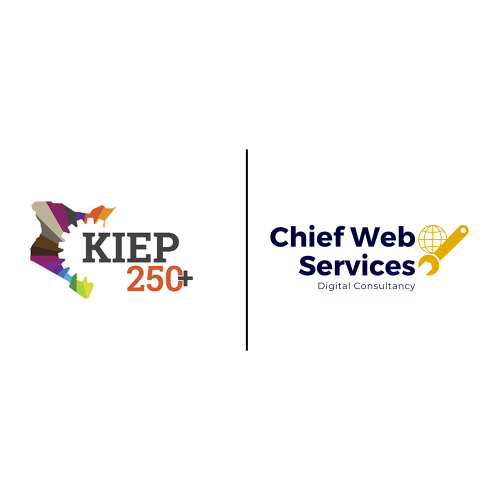In today’s data-driven world, businesses collect vast amounts of information daily. However, many Kenyan enterprises fail to fully leverage this data to optimize their operations and improve management decisions. While standard metrics like sales revenue and customer demographics are valuable, there are less obvious but highly impact data points that SMEs in Kenya can analyze to gain a competitive edge. Here are 10 key data points your business should be looking at and analyzing to improve business operations and management.
1. Customer Acquisition Cost (CAC)
Understanding how much it costs to acquire a new customer is essential for determining marketing effectiveness. For instance, a tourism company in Kenya can track how much they spend on social media ads, website maintenance, and other channels to bring in each customer. Reducing CAC through more targeted campaigns or leveraging AI tools can increase profitability.
2. Customer Lifetime Value (CLTV)
This metric measures the total revenue a business can expect from a customer over the course of their relationship. A legal firm, for example, might discover that while some clients only come in for one-off services, others use ongoing services, such as legal retainer plans. Understanding CLTV helps businesses allocate resources more efficiently and develop strategies to increase customer retention.
3. Churn Rate
Churn rate is the percentage of customers who stop using a product or service over a given period. This is particularly relevant for subscription-based services like healthcare providers or legal consultation packages. If a clinic sees a high churn rate among patients enrolled in long-term care plans, analyzing this data can help identify reasons. Reasons such as dissatisfaction with services or poor communication—and address these issues before they affect business growth.
4. Social Media Engagement
Metrics In Kenya, where social media is a massive marketing platform, focusing on engagement is important. Metrics like likes, shares, comments, and click-through rates (CTR) are crucial. For instance, a retail business that regularly posts on Instagram should analyze which types of content drive the most interaction. Whether these engagements translate into sales should also be considered. Businesses can adjust their content strategy based on these insights for maximum impact.
5. Customer Feedback and Sentiment
Customer reviews and social media comments provide valuable insights into customer satisfaction. For a hotel, analyzing online reviews on platforms like TripAdvisor or social media comments can highlight areas of improvement. AI-driven sentiment analysis tools can be used to gauge overall sentiment and help businesses respond effectively to both positive and negative feedback.
6. Inventory
Turnover Rate For retail businesses, monitoring inventory turnover is critical. A low turnover rate could indicate overstocking or slow-moving products, while a high rate could point to under stocking. By analyzing this data, a retail shop selling electronics can adjust their purchasing strategy to avoid holding excess inventory, which ties up capital.
7. Employee Productivity and Efficiency
Beyond just tracking hours worked, analyzing employee productivity based on task completion or key performance indicators (KPIs) can provide a clearer picture of efficiency. An example is a healthcare provider might monitor how many patients a doctor sees each day versus the outcomes or satisfaction of those patients. Identifying bottlenecks or inefficiencies, businesses can improve workflows and enhance overall performance.
8. Website Traffic Sources
In an increasingly digital world, knowing where your website traffic comes from can be a game-changer. A legal firm offering services online might see traffic coming from different sources—social media, search engines, email marketing, or referrals. Analyzing which sources drive the most traffic and conversions can help businesses optimize their marketing efforts and invest more in high-performing channels.
9. Revenue Per Employee
This metric measures the efficiency of a company by dividing total revenue by the number of employees. A hotel might find that while its total revenue is growing. The revenue per employee might be stagnating. By focusing on this data point, businesses can determine whether they need to improve operational efficiency. Perhaps through better employee training or using AI tools to reduce manual tasks.
10. Time to Market for New Products or Services
For retail and service industries, the speed at which new products or services are brought to market can make a big difference. For example, a retail business launching a new line of products can analyze how long it took from concept to launch and whether any delays occurred. Tracking this data helps streamline future launches, ensuring businesses stay ahead of competitors.
Conclusion
These 10 key data points offer valuable insights into your business operations and management beyond the standard metrics most businesses focus on. Whether you are in the service industry—such as hospitality, tourism, legal, or healthcare—or in retail. Take the time to analyze these effective data points can lead to smarter decisions, improved performance, and ultimately, business growth.


